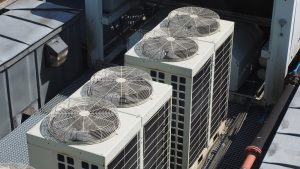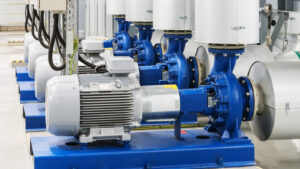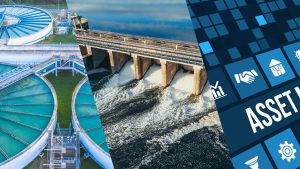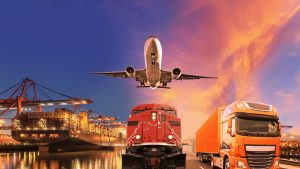Non-revenue water is the unpaid portion of the water after production. Clean water comes to the end-user through a process. At the end of the water treatment process, the company issues the water to the customers. Water is carried through pipes that are often laid underground.
Water loss occurs when the water does not appear in the final billing calculation, which can happen in many ways. Water leaking and water storage overflow are considered “real losses”, and customer meter inaccuracies, unauthorised consumption and systematic data handling errors, and billing errors are categorised under “apparent losses”.
System leakage can occur due to many reasons too. Some of them are poor plumbing, corrosion in pipes and other instruments, physical damages, poor maintenance, and lack of active leakage prevention methods. Another method that causes non-revenue water is the authorised use of unbilled water for social causes, such as water used for firefighting. The water is provided free of charge to a particular consumer group or the water the utilities use for the operations.
Technology To Mitigate The Risk Of Non-Revenue Water
IIoT-driven Smart Water Systems
Big Data And Advanced Analytics
Smart devices are constantly collecting data. It is up to big data technologies to process and create knowledge to make them understandable. With the help of advanced analytics, data can be arranged in ways that hidden patterns can be recognised. Real-time data analysis is the key to finding unauthorised water usage. Combined with real-time hydraulic models, unmetered use can be pinpointed.
Geographic information system-based field and paper audits help us find data voids by validating infrastructure instead of relying on old data. Such practices eliminate errors. Geographic Information System enables best-practices-and-data-verifying tools built into the system to maintain data integrity and achieve real-time metre accuracy.
Big data technology helps the systems to record information such as usage in peak times, average usage details, water-pressure fluctuation patterns, metre readings, water load balance data etc. Once the system achieves a comprehensive categorisation of data, it is easier to pinpoint abnormalities through advanced analytics.
Artificial Intelligence
Cloud Technologies
4D Digital Twin
How Do Technologies Mitigate The Risks of Non-Revenue Water
When a smart home water monitoring system detects a leak, the user is notified through a mobile app. If the customer does not reply within the time range indicated by the monitoring system, depending on the severity of the leak, the water supply is turned off to prevent additional damage. Mobile technology will function as both an extension of the person and an extension of the system.
Mitigating the hazard of non-revenue water necessitates a proactive approach using cutting-edge technology. Every day, smart gadgets become more complicated and developed, increasing their sensitivity and capacities. Water quality has a significant impact on our economy. Creating a low-cost, high-efficiency approach to improving water quality benefits the economy.
Cloud-based gadgets that are linked to the internet generate massive amounts of data. AI should be used in such systems to recognise trends and anticipate non-revenue water. Water is a finite resource on the planet, and it is one of the components required for life to exist. To preserve it, we must labour tirelessly.







